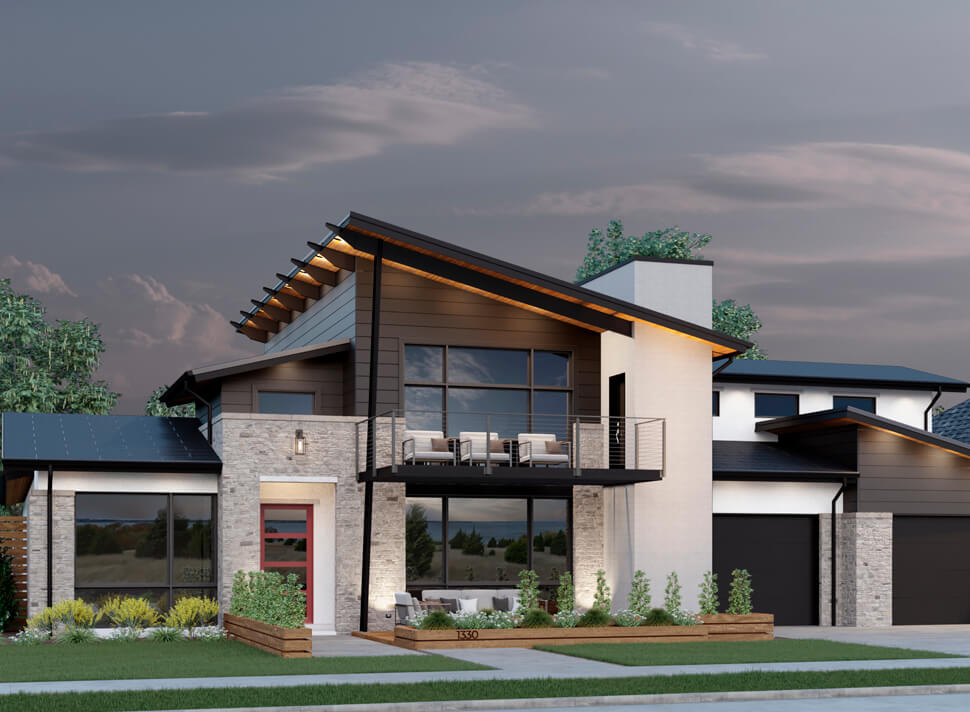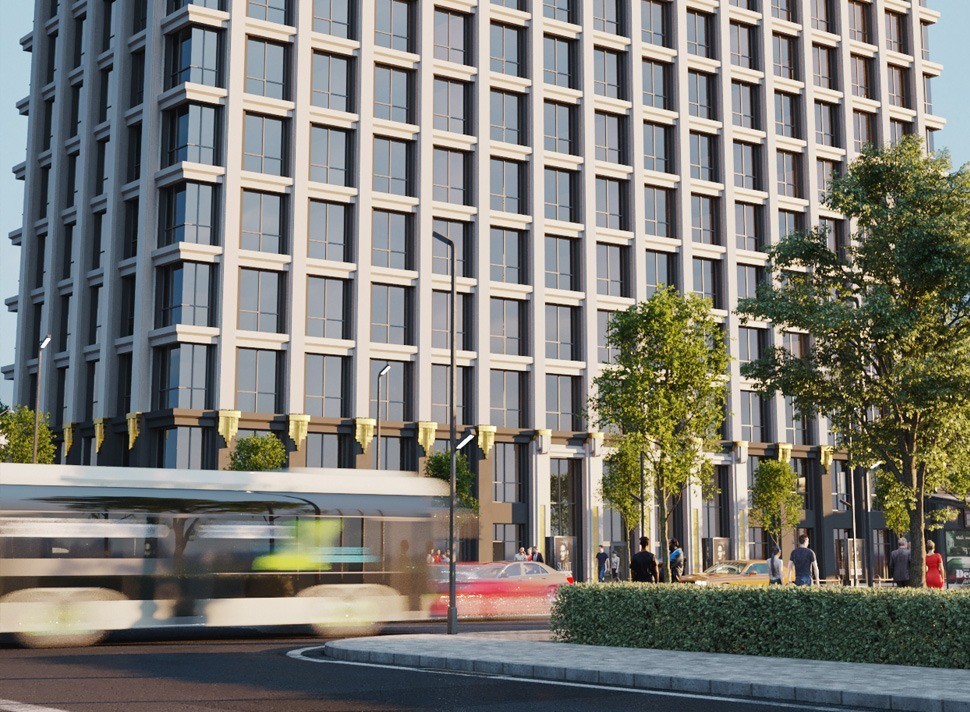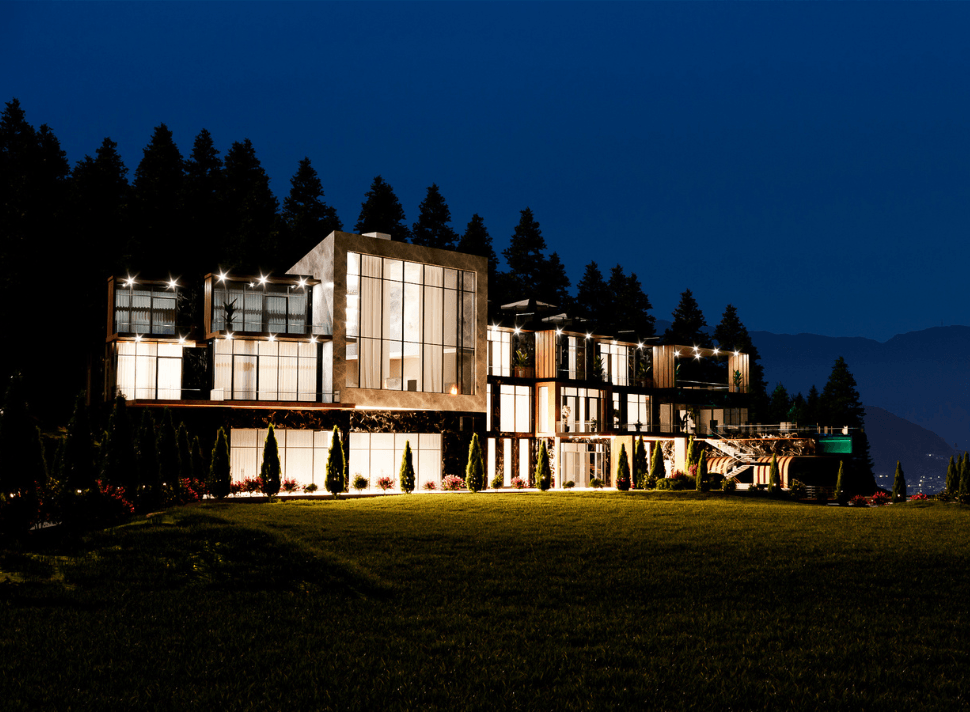Commercial Building Architectural Renderings: Benefits and Uses
Are you ready to be amazed by the future of commercial building design? Picture this: a stunning, ultra-realistic 3D model of your dream project brought to life right before your eyes.
Architectural renderings have become the gold standard for imaging the future of commercial construction. The 3D software market is expected to skyrocket from $1.5 billion to $5.7 billion by 2027. There's never been a better time to dive into architectural renderings.
In today's blog post, we'll explore the incredible benefits. And uses of commercial architectural renderings that are changing how we:
- Design
- Сonstruct
- Experience our built environments
So, let’s start with the basics, what are commercial building architectural renderings?
What Are Commercial Building Architectural Renderings?
A commercial architectural rendering is a digital image of a building created using the software. This software allows architects and designers to input all of the details of a building, such as its size, shape, and materials.
And then create a highly detailed and accurate image of what the final structure will look like.
The beauty of these renderings is that they’re not just static images. They’re interactive, allowing people to rotate the image and zoom in and out. And even change the lighting conditions to understand better what the building looks like in different situations.
This level of interactivity is a huge advantage over traditional architectural drawings, which are limited to two-dimensional images. That doesn’t provide a good sense of the building’s overall appearance.

Image from Yousee Studio
Commercial building architectural renderings are used for a variety of purposes:
- Showcase a building’s design to potential investors or tenants
- Help secure funding for a project
- Help sell a building that’s already under construction
Besides, they’re also used to help architects and designers make decisions about building design by allowing them to see how different design elements will look and interact with one another.
Other than their practical uses, commercial architectural renderings are crucial for their aesthetic value. These images are highly detailed and accurate. But they’re also beautiful, providing a sense of what a building will look like. And how it will fit into its surroundings.
These renderings are often used in marketing materials, such as:
- Brochures
- Flyers
- And websites to help promote new commercial buildings
What Are the Different Types of Commercial Building Architectural Renderings?
When it comes to commercial building design, visual representations are vital in helping:
- Architects
- Developers
- And clients to understand and visualize the final product
And while there are many architectural renderings, each serves a unique purpose. And also offers a unique perspective on the building design.
Here are some of the most common types of commercial building architectural renderings:
2D Rendering
This type of rendering provides a flat, two-dimensional representation of the building design. It is an excellent choice for giving a quick overview of the building's layout. And design and is often used for early conceptual designs or presentations.
With 2D renderings, you can easily see the building’s:
- Floor plans
- Elevations
- And sections, making it an essential tool for architects and developers
3D Rendering
As the name suggests, 3D renderings provide a more immersive, three-dimensional representation of the building design. They allow you to see the building from all angles and perspectives. It gives you a better understanding of its design and aesthetic.
Whether you're looking at the building's facade, interior spaces, or overall form, 3D renderings provide an incredibly detailed and realistic view of the building design.
Virtual Reality
This type of rendering takes things to the next level. Also, it allows you to immerse yourself in the building design fully. You can walk through the building and explore the spaces in virtual reality. And also experience the design in a truly interactive and immersive way.
This type of rendering is an excellent tool for clients. Stakeholders who want to understand the building and its design better. It’s also a great way for architects and developers to get feedback and make real-time changes.
Animation Rendering
Lastly, animation renderings bring the building design to life through motion and sound.
With this type of rendering, you can see the building come to life. From the rising sun to the changing seasons and everything in between.
Whether you're looking at the building's day-to-day operations or want to see the building design in action, animation renderings provide a unique and engaging perspective that will captivate and inspire.
So, here are a few common types of commercial building architectural renderings. Each rendering type has its own benefits and drawbacks. It's crucial to consider the client’s preference when choosing a type!
Why is Commercial Building Architectural Renderings Essential?
Commercial building architectural renderings are more than just a visual image of a building design. They are an essential tool that allows architects, builders, and developers to bring their vision to life and effectively communicate it to stakeholders.
Imagine you're an architect with a brilliant design for a new commercial building. You've put in countless hours perfecting every detail. Ensuring that the building will be functional, aesthetically pleasing, and meet the needs of future occupants. But how do you effectively convey your vision to potential investors, tenants, and contractors?
Enter commercial building architectural renderings. These 3D visuals allow you to showcase your realistic and visually stunning design.
They allow you to highlight essential features, such as:
- the building's exterior design
- interior floor plans
- and landscaping
They can even simulate how the building will look in different lighting conditions.
Architectural renderings are also essential for identifying potential design flaws. Or areas for improvement before construction begins. This can save time, money, and resources in the long run. How? By reducing the need for costly and time-consuming changes during the building process.
So don't overlook the importance of high-quality architectural renderings, if you're an:
- Architect
- Builder
- Or a developer
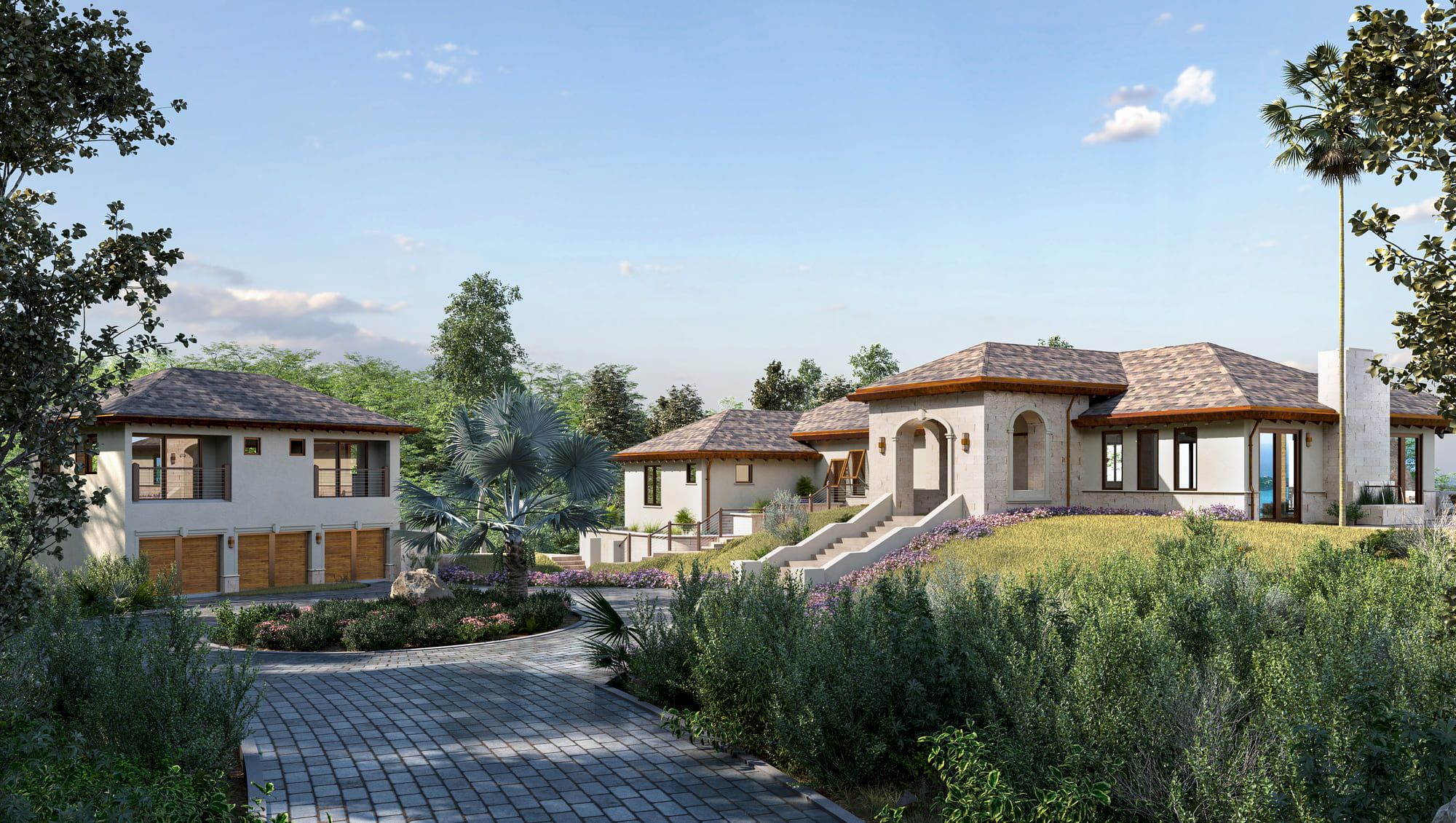
Image from Yousee Studio
Benefits
Enhanced Visualization
Imagine the difference between trying to grasp the essence of your architectural masterpiece. From mere 2D sketches to actually witnessing a breathtaking 3D rendering. That accurately and vividly portrays every nook and cranny. This enhanced visualization can indeed be a game-changer!
With 3D architectural rendering, you can see how the sunlight hits the building at different times of the day and how the landscaping complements the structure. Or even how the interior spaces flow seamlessly from one area to another.
Not only does this incredible level of visualization bring your building to life before it's even built. But it also helps to reduce misunderstandings during the design process. With everyone able to see and appreciate the same vision. It's easier to address concerns, make adjustments, and ensure that the final product truly reflects your dream.
That's why over 90% of people prefer to see 3D architectural renderings. The power of enhanced visualization is undeniable. Making commercial building rendering a crucial tool for creating structures that inspire awe and admiration.
Cost-Effective & Time-Saving
Did you know that 80% of architects now rely on architectural rendering software to help them stick to their budgets? It's true! This tech-savvy approach has become their secret weapon and for a good reason.
First, by using rendering software, architects can experiment with different design options without breaking the bank. They can change materials, layouts, or even entire building sections with just a few clicks. Gone are the days of creating physical models or spending hours on revisions that could have been avoided.
Now, they can quickly explore various possibilities and make informed decisions without additional costs. Talk about a win-win situation!
And let's not forget about time-saving. With architectural rendering software, architects can create stunning visuals in a fraction of the time rather it would take to make physical models or hand-drawn sketches.
This means they can quickly present their ideas to clients, get feedback, and make necessary changes in no time. Plus, they can even work on multiple projects simultaneously without missing a beat!
Increased efficiency
Architectural renderings create a shared understanding among everyone involved in the project. Everyone can see the same vision, from designers to engineers, contractors to clients. This means fewer misunderstandings and miscommunications. So your team can collaborate smoothly and make better decisions. Collaboration has never been so easy!
In addition, the magic of technology allows for faster revisions. If there's something that needs changing in the design, you can quickly update the rendering and show it to your team. This saves so much time compared to traditional methods, like sketching or physical models. Plus, it's way more eco-friendly, as you're using less paper and materials.
Enhanced communication
Architectural renderings simplify explaining design concepts to clients, contractors, and team members. In fact, 89% of architects find 3D visualizations effective for communicating ideas. These visuals help bridge the gap between your ideas and others' understanding, ensuring everyone is on the same page. This can lead to fewer misunderstandings and a smoother project overall.
Marketing and Sales
Having amazing commercial building architectural renderings can really boost your marketing game. These detailed 3D models of your building project can help you easily show off your ideas to stakeholders.
When you're in the competitive world of real estate, it's crucial to stand out from the crowd. By using eye-catching, accurate 3D renderings, you can make a strong impression on potential buyers. This helps your company shine and can lead to more sales and better marketing results.
Uses
Design and Planning
Commercial building architectural renderings play a crucial role in designing and planning new buildings. They provide a detailed visual representation of the building's exterior and interior. Enabling architects and designers to make informed decisions about its layout, aesthetics, and functionality.
According to studies, most customers want a detailed visual portrayal of a building before construction. Architectural renderings allow customers to visualize the building's final look. And feel, which can help build excitement and anticipation for the project.
In addition, architectural renderings are an essential tool for designers and architects. As it enables them to experiment with different design options. And explore various layout possibilities.
This allows architects to create buildings that are not only aesthetically pleasing but also functional.
Planning and Budgeting
Architectural rendering is a handy tool architect use when planning and budgeting a construction project. By using 3D visualization tools, they can actually reduce construction time by 30% and cut costs by 10%!
One of the main reasons for this is that any potential issues can be spotted in the design phase. Before even the construction work begins. This means that builders and designers can make sure they choose suitable materials for the job. It also helps estimate the labor costs and create a timeline for the project. By doing this, they can prevent unexpected delays and budget overruns.
Structural rendering is also really helpful when it comes to identifying any safety hazards. This is especially important for commercial properties like
- Installations
- Facilities
- And shopping centers, where public safety is a top priority
The architects who use this advanced software and tools can adapt to the particular needs of each project. They can even incorporate sustainable features like solar panels into their designs, which is great for attracting customers looking for eco-friendly facilities and shops.
Construction and Project Management
Architects can spot potential issues by creating a 3D model of the building. Iron out the kinks during the planning stage before they become costly problems.
Some common challenges detected using 3D rendering include:
- Misaligned windows and doors
- Roofing complications
- Concerns about whether the design adheres to local building codes
Architects and designers can better understand how their vision will translate to real life. By examining the model from various angles.
Catching these flaws early is crucial, allowing architects to address any potential issues before construction. The result? A smoother building process, fewer headaches, and more efficient use of time and money.
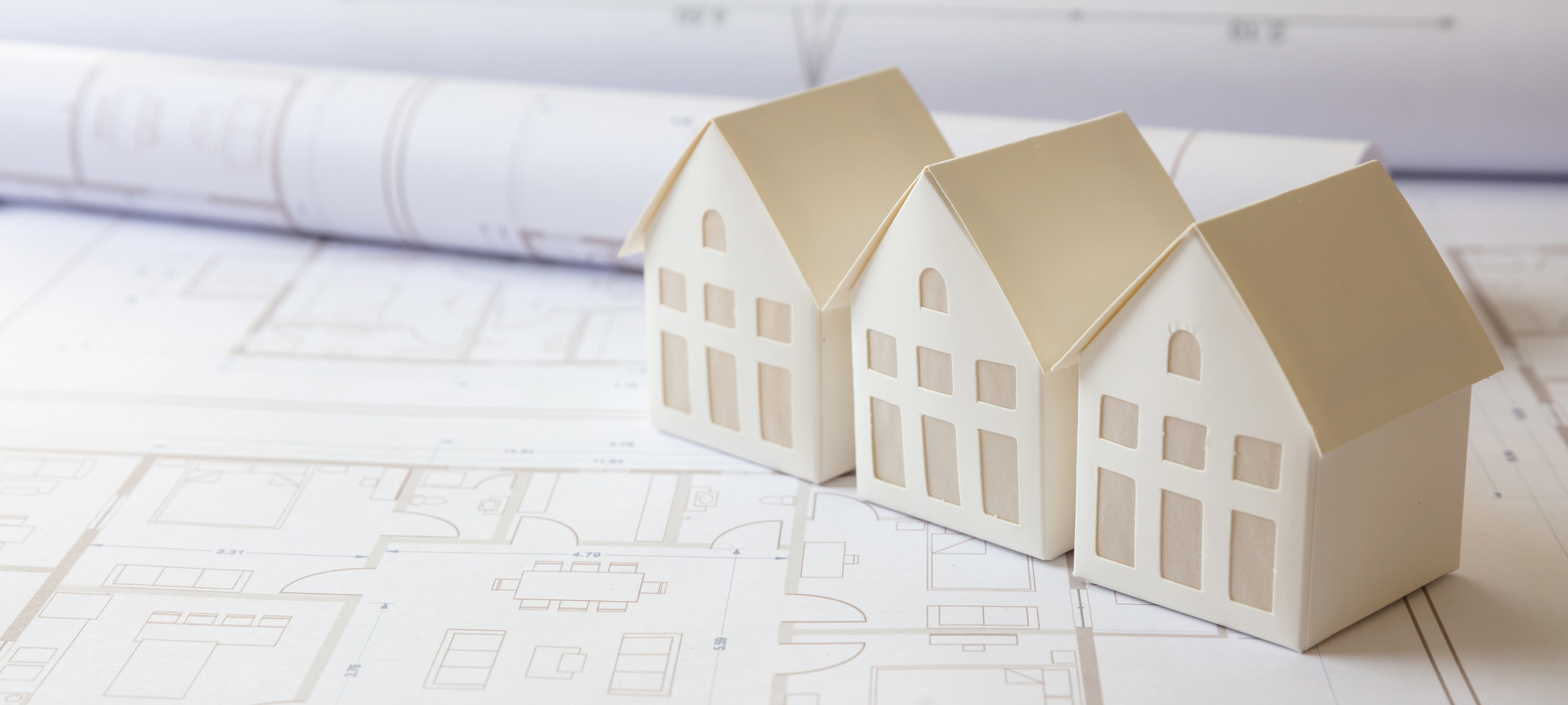
Benefits Of Commercial Building Architectural Renderings Quick Wrap Up
In the world of architecture, commercial building architectural renderings are an essential tool as it helps to bring projects to life. These striking visual representations dazzle clients and allow architects to effectively convey their ideas to builders and clients alike.
The advantages of using commercial building architectural renderings are numerous. For starters, they greatly enhance the visualization process, making it easier for architects, builders, and clients to understand and communicate their ideas.
They also serve as an invaluable project management tool, ensuring everyone involved stays on the same page.
So, if you're planning a commercial building project, don't belittle the power of architectural renderings. They're an indispensable asset that can help you tailor your project to meet your client's preferences and anticipate their future needs. Embrace the benefits of architectural renderings and watch your project come to life in vivid detail!
Contact us at YouSee Studio for captivating 3D renderings and immersive virtual experiences.
Ray Lisbon is a content writer and the author of this article.

